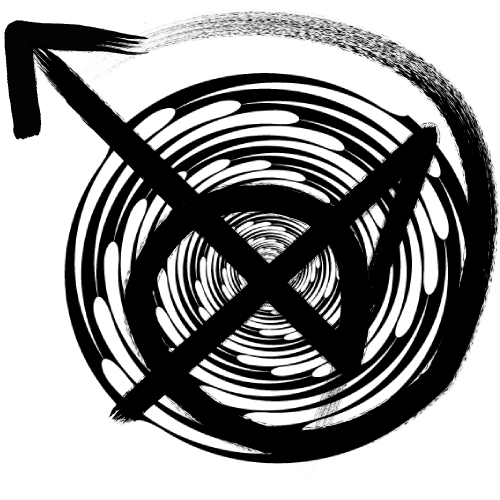A comprehensive global report on "uncontacted" indigenous peoples, published Oct. 27 by UK-based Survival International [14] estimates that the world still holds at least 196 uncontacted or isolated peoples living in 10 countries in South America, Southeast Asia and the Pacific region. Nine out of 10 of these groups face the threat of unwanted contact by extractive industries, including logging, mining, and oil and gas drilling. It's estimated that a quarter are threatened by agribusiness, with a third terrorized by criminal gangs. Intrusions by missionaries are a problem for one in six groups. After contact, indigenous groups are often decimated by illnesses [18], mainly influenza, for which they have little immunity. Survival International found that unless governments and private companies act to protect them, half of these groups could be wiped out within 10 years.
The 300-page report, Uncontacted Indigenous Peoples: at the Edge of Survival [19], states: "In particular, the rush by extractive industries and agribusiness to seize the resources of uncontacted peoples risks their total annihilation."
About 95% of uncontacted peoples and groups live in the Amazon—especially in Brazil, home to 124 such groups.
The report offers testimonials of past and current harms. Alex Tinyú, an indigenous Nukak [20] man from Colombia, was a child when his territory was invaded by missionaries, settlers and armed groups in the late 1980s. "My people, the Nukak, lived in peace in our territory—hunting, fishing and gathering as we had done for generations," the report quotes him as saying. "But everything changed with contact. When the settlers arrived, they brought with them diseases we didn’t know about. Many Nukak got sick and were taken to hospitals." More than half of his people died from disease and violence.
Shocorua, a Nahua [21] man from Peru, recalls how his once-isolated group was impacted by oil exploration by the Anglo-Dutch transnational company Shell [22] in the 1990s. His words are highlighted in the report: "My uncle and cousins died as they were walking… they started to cough, they got sick and died right there in the forest. Some were small children. They put all the bodies in a big hole and everyone was wailing and crying." About half the Nahua died [23] within just years.
Another group highlighted in the report as needing immediate protection is the Shompen [24] people inhabiting the rainforest of Great Nicobar Island, India. The Shompen have already suffered catastrophic population loss due to diseases brought by outside settlers and they don't want further contact. One Shompen woman, with "uncontacted" relatives, said in 2019: "Don't come into our forests and cut them down. This is where we collect food for our children and ourselves. We don't want outsiders in our forests."
But the Indian government has its own plans. It aims to transform the island with a vast infrastructure program, turning Great Nicobar Island into the "Hong Kong of India." If the Great Nicobar Project [25] goes ahead, huge swaths of the Shompen's rainforest home will be destroyed and replaced by a mega-port [26], city, international airport, power plant, military base, industrial park, and a huge surge in population. (Mongabay [17], AP [27])



